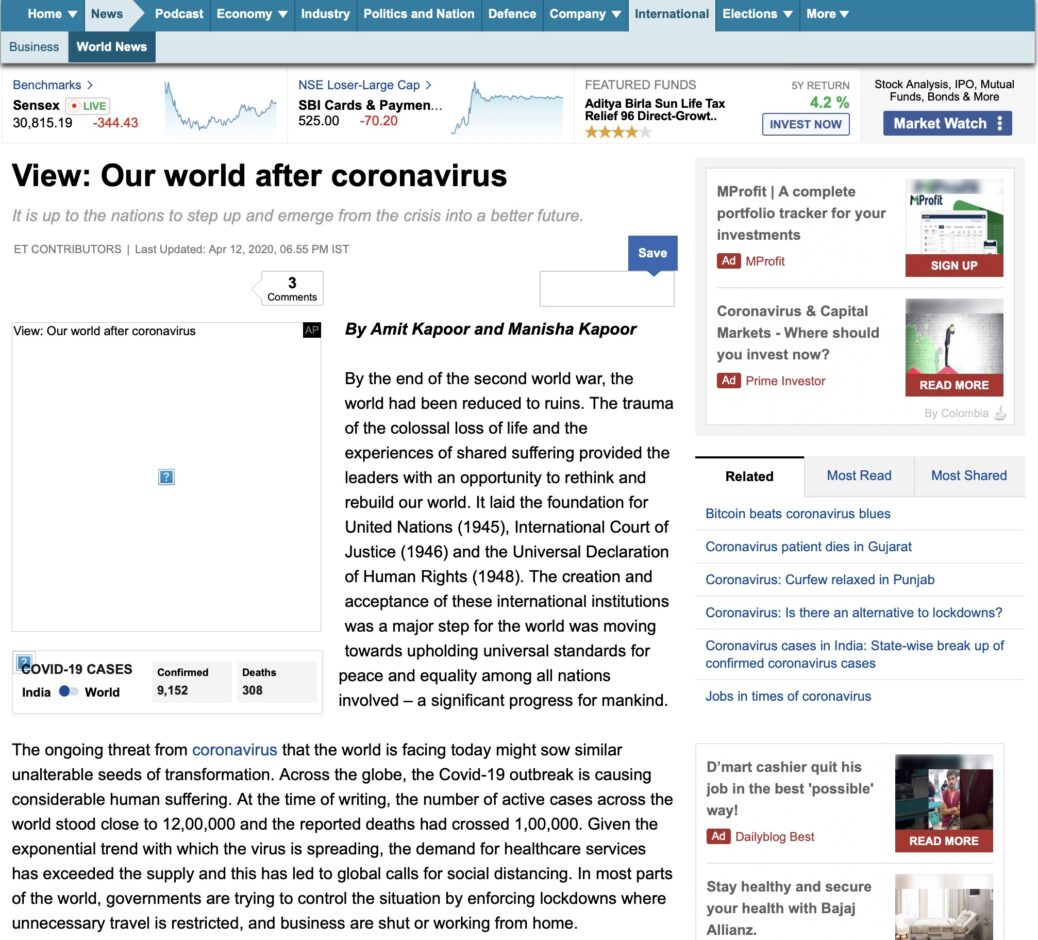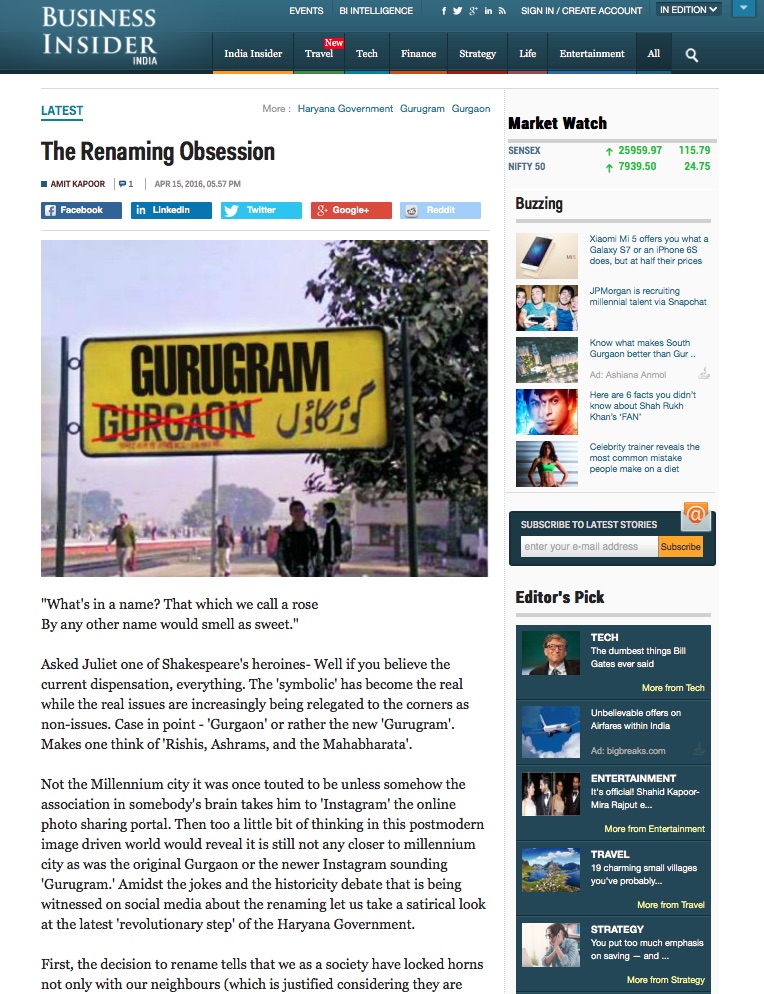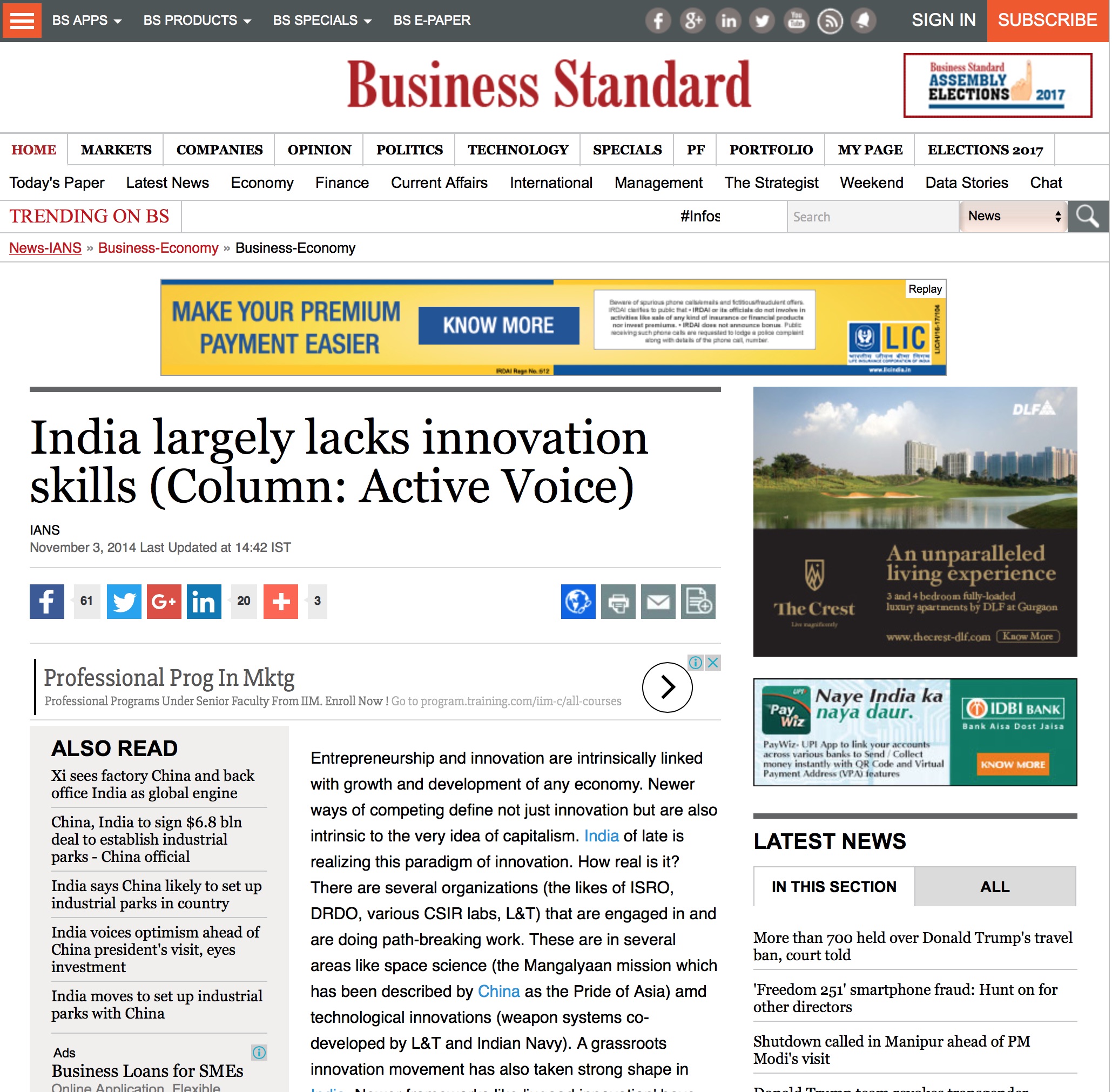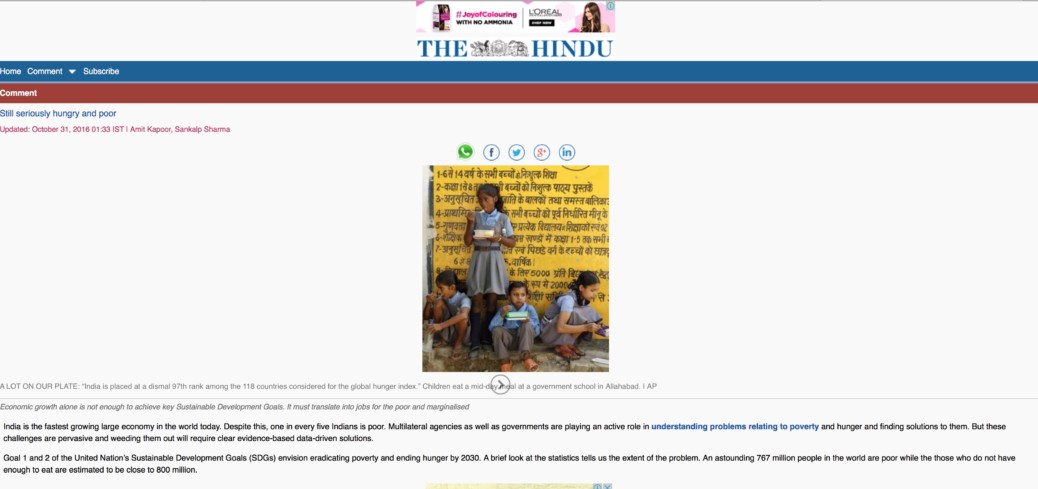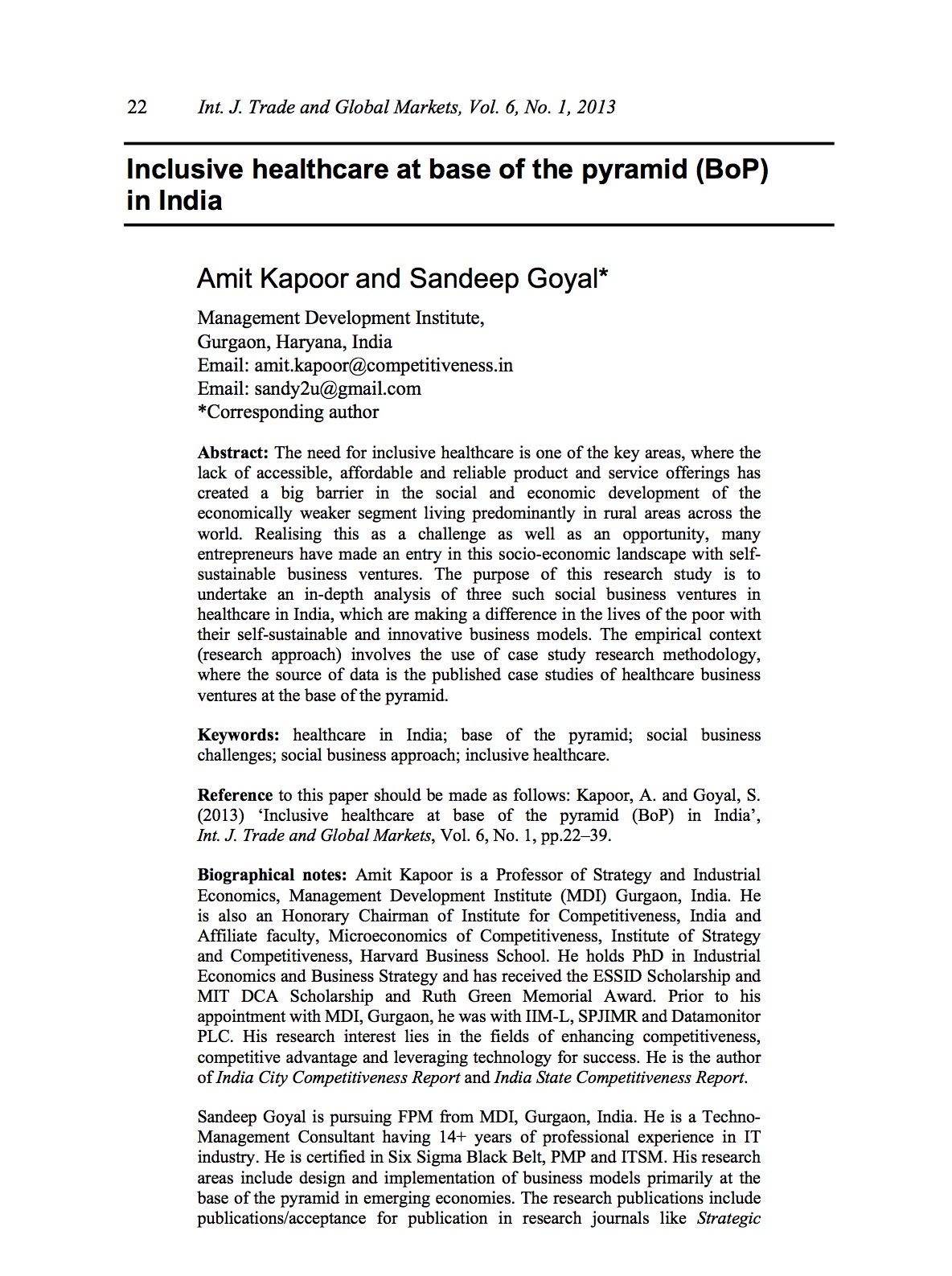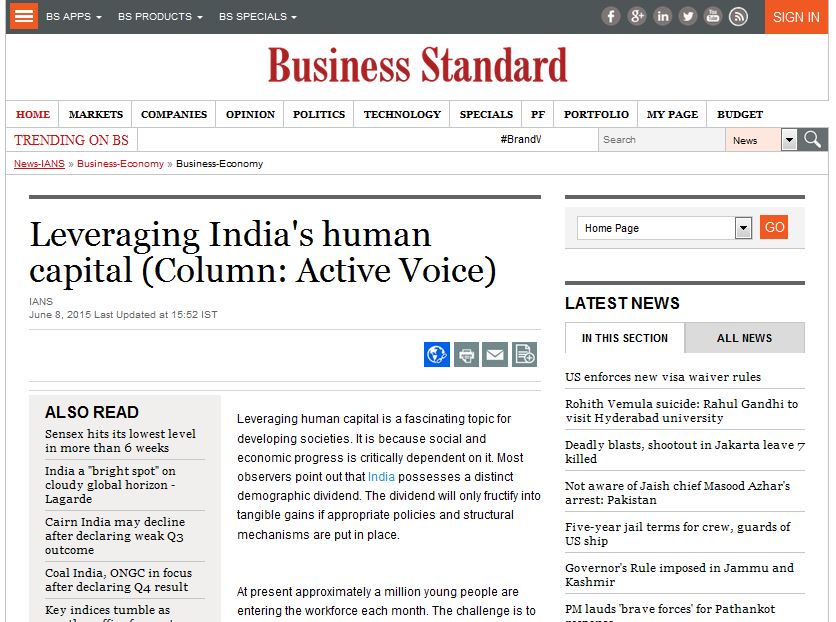Our World After Coronavirus
By the end of the second world war, the world had been reduced to ruins. The trauma of the colossal loss of life and the experiences of shared suffering provided the leaders with an opportunity to rethink and rebuild our world. It laid the foundation for United Nations (1945), International Court of Justice (1946) and the Universal Declaration of Human Rights (1948). The creation and acceptance of these international institutions was a major step for the world was moving towards upholding universal standards for peace and equality among all nations involved – a significant progress for mankind.
The ongoing threat from coronavirus that the world is facing today might sow similar unalterable seeds of transformation. Across the globe, the COVID-19 outbreak is causing considerable human suffering. At the time of writing, the number of active cases across the world stood close to 300,000 and the reported deaths had neared 19,000. Given the exponential trend with which the virus is spreading, the demand for healthcare services has exceeded the supply and this has led to global calls for social distancing. In most parts of the world, governments are trying to control the situation by enforcing lockdowns where unnecessary travel is restricted, and business are shut or working from home.
These steps taken to contain the pandemic will not only impact the world economically but will bring lasting changes on the social aspects – healthcare, education systems, digital tools, personal freedom – of our life as well.
In previous comparable virus outbreaks like SARS and MERS in the recent past, it was noticed that countries that were most affected by the crisis and there was political willingness for change, their leaders drew learnings from their experience and improved their healthcare infrastructure to better tackle future epidemics. One of the major reasons why Taiwan and Singapore have contained the impact and South Korea and Japan have been able to flatten the curve is due to their learnings from managing the SARS. Similar outcomes can be expected in several countries around the world once the current outbreak subsides. The voters will have a substantial role to play on this front to push for change.
We might also see public demand to make healthcare more affordable across the world. Such outbreaks are the time when the vulnerabilities of every healthcare system are exposed. In countries like the United States, the unaffordability of even basic healthcare facilities has become immediately evident. Studies highlight that nearly half of the insured Americans are not confident that they can afford the COVID-19 treatment. Meanwhile, in developing countries like India, even though the testing for COVID-19 has been capped at a relatively low price, it still remains unaffordable for a majority of the population on the lower end of the income spectrum. The low penetration of insurance and loss in income during lockdowns only makes matters worse.
Meanwhile, there are bound to be effects beyond healthcare from the pandemic. The focus on social distancing has brought digital technology to the forefront in every aspect of our life. People are more open to adopting e-commerce apps that will deliver goods at their doorstep. It might also be the time when all the stakeholders within the healthcare industry from the demand as well as the supply side would be more open to digital adoption. For instance, the NHS in England has shifted to telephonic consultations for all patients, excluding blood tests. This is not a usual policy move but given the circumstances it was adopted by the authorities as well as by the public. The short-term measures will have long lasting effects as the crisis has pulled down the barriers to entry.
A similar digital transformation is being observed in the education sector. Although the online models had already disrupted the higher education landscape, it was limited mostly to distance learning courses because of the digital divide that exists in the society. It is kind of a natural experiment for the education sector to examine how we can make use of online service delivery models effectively. Any technological intervention in education would help in increasing the familiarity of teachers as well as students with online tools. This transition from brick and motor to online modules, to any extent, would be helpful in enabling access to education to the last mile. However, while framing such policies one has to be cautious enough to not bring the digital divide to education. It can be addressed by developing affordable digital infrastructure. For instance, due to the competitive telecom industry in India, the data prices in the country have become the cheapest in the world, which has made internet a universally accessible commodity.
However, there might be some negative fallouts from the spread of technology into different aspects of life. In the battle against COVID-19, many governments are relying on technology-based solutions to track infected people and those who come in contact with them. For instance, in China citizens are required to install an app that shows their health status, and guides whether they should be quarantined or not. These surveillance mechanisms are not only limited to China. Countries need to carry out a delicate balance between the use of such technologies with the privacy of their citizens.
The world will finally emerge out of the crisis, but as the Chicago mayor Rahm Emanuel has famously stated, it should “never let a good crisis go to waste.” The forced isolation of the globalised world should highlight the cracks in the societal landscape and also provide opportunities to address them. It is up to the nations to step up and emerge from the crisis into a better future.
The article was published with Economic Times on April 12, 2020.

